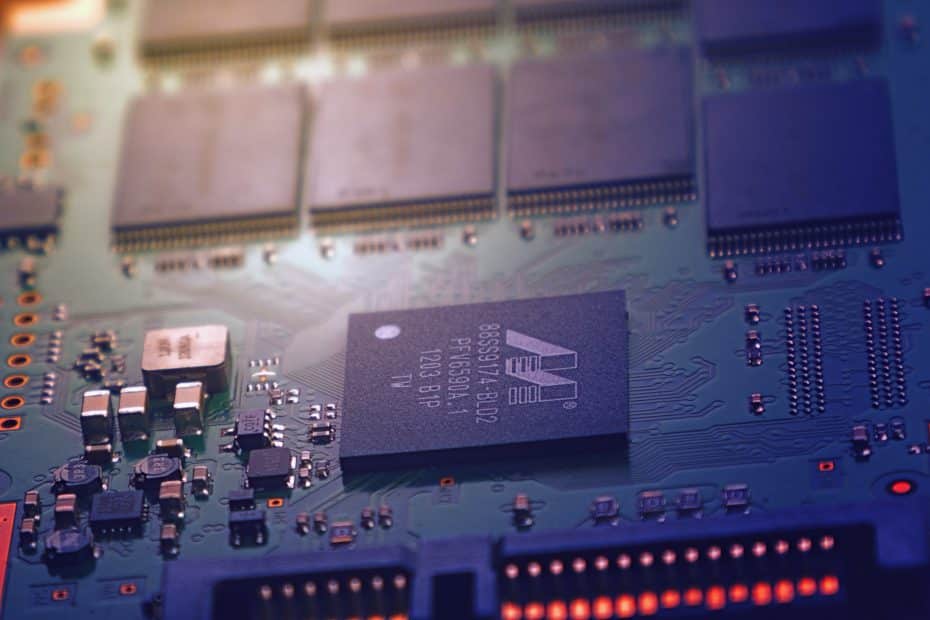Noise filtering in power supplies is essential for ensuring clean and stable power delivery to electronic devices. Power supplies convert input voltage (AC or DC) into regulated output voltage suitable for the connected devices. However, the power grid and other sources can introduce various types of noise or disturbances into the electrical signal, which can interfere with the proper functioning of electronic components.
Noise in power supplies can be broadly categorized into two types: conducted noise and radiated noise.
- Conducted Noise: Conducted noise refers to unwanted electrical signals that travel through the power supply’s input and output conductors. It can result from the power grid, switching transients, electromagnetic interference (EMI), or radio frequency interference (RFI). To filter out conducted noise, power supplies typically employ several techniques:
- Input Filtering: Power supplies often include input filters such as capacitors, inductors, and resistors. These components form low-pass filters that attenuate high-frequency noise and prevent it from entering the power supply. Capacitors across the input line can help suppress high-frequency noise, while inductors and resistors in series can reduce common-mode noise.
- EMI/RFI Filters: Power supplies may incorporate specialized EMI/RFI filters to further attenuate conducted noise. These filters use a combination of inductors, capacitors, and sometimes ferrite beads to block high-frequency noise from entering or leaving the power supply.
- Radiated Noise: Radiated noise refers to electromagnetic energy emitted by the power supply as electromagnetic radiation. It can interfere with nearby electronic devices and can also be a source of conducted noise if it couples back into the power supply. To mitigate radiated noise, power supplies employ the following techniques:
- Shielding: Power supplies are often shielded with conductive materials like metal enclosures or shielding cans. These shields help contain and divert the radiated electromagnetic energy away from sensitive components and minimize its impact on nearby devices.
- Filtering at Output: Power supplies typically have output filters consisting of capacitors, inductors, and sometimes ferrite beads. These filters remove any remaining high-frequency noise on the output voltage, providing a clean and stable power signal to the connected devices.
- Grounding: Proper grounding techniques are crucial to reduce noise in power supplies. A well-designed grounding scheme ensures that noise currents have a low-impedance path to return to the source, reducing the chances of noise coupling into sensitive circuits.
Overall, noise filtering in power supplies involves a combination of input filtering, EMI/RFI filters, shielding, output filtering, and proper grounding. These measures work together to suppress both conducted and radiated noise, ensuring reliable and noise-free power for electronic devices.
Need a quiet power supply for your rig? Mission 529 uses rechargeable li-ion batteries for the best in low noise performance. Check them out at Power – Mission Engineering


When are you guys gonna restock on the Power Cable for the power supply?